Quartzy: the gooprah edition
Happy Friday!

Happy Friday!
This week Gwyneth Paltrow, bless her, gave me a reason to dig into the history of The Oprah Winfrey Show.

Variety broke the news on Monday that Paltrow (who will henceforth be known as GP, much like Oprah is just Oprah) made a deal with Netflix to channel her lifestyle brand, Goop, into a streaming series of 30-minute shows that will “utilize experts, doctors, and researchers to examine issues relating to physical and spiritual wellness … and address larger thematic questions the Goop audience has about leading optimal lives.”
And that’s not all. Goop is also entering a podcasting partnership with Delta, developing what Variety described as “a food program hosted by an award-winning chef,” and, you guessed it, a Goop Book Club—all of which will sound familiar to anyone who was even peripherally aware of The Oprah Winfrey Show in the 1990s and 2000s.
Goop, which raised $50 million in venture capital for expansion in 2018, already has a robust editorial website, e-commerce business, email newsletter, podcast, and event series—not to mention the impassioned fans and haters that come with outsize influence.
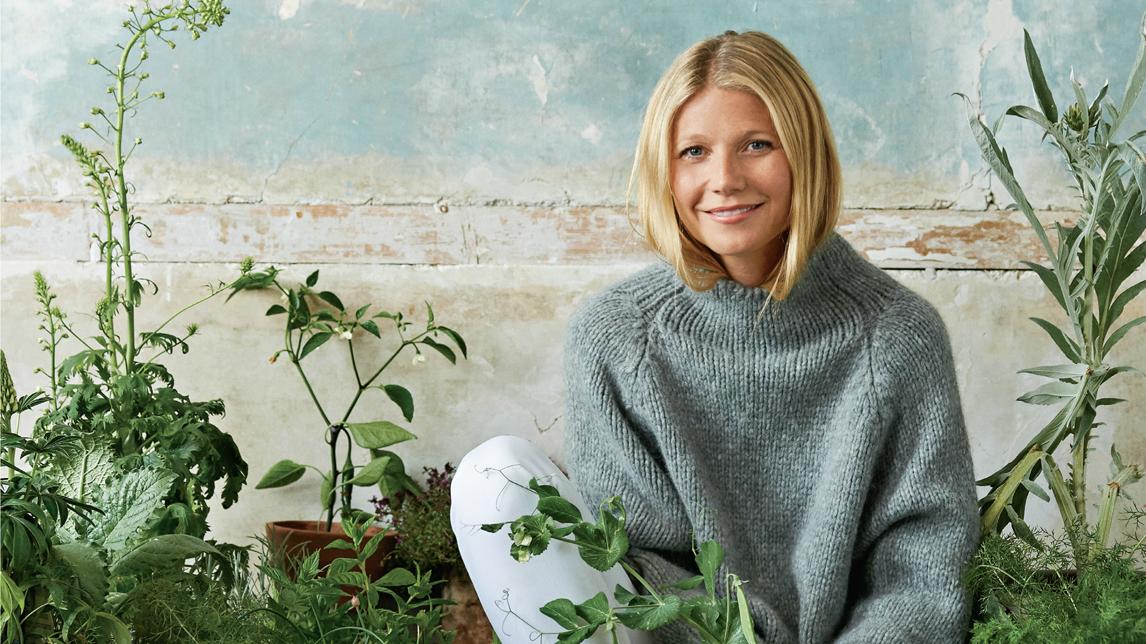
But decades before GP drew ire and adoration for her pivot from mainstream movie star to woo-woo lifestyle guru—cooking “clean” meals in luscious turtleneck sweaters, Instagramming the last novel she read, or giving a platform to “experts” who advise on everything from chakra cleansing to postnatal care—Oprah Winfrey was on TV, guiding viewers to “remember their spirits” and “live their best lives,” making celebrities and bestselling authors of people like Dr’s Phil and Oz, personal chef Rosie Daley, and spiritual guide Eckhart Tolle in the process.
Without Oprah, there would be no Goop.
Let’s bring it back. If the 1990s-2000s era of daytime television makes you even a little bit curious or nostalgic, I cannot recommend the podcast Making Oprah highly enough. (Does anyone else remember how Oprah made going for a walk with your girlfriends into a bonafide health initiative? Let’s bring that back.)
In the three-part series, journalist Jenn White, along with Oprah and her former producers, traces Oprah’s evolution from unsure local TV host to the household name and cultural juggernaut we know today. The second episode tells the story of Oprah’s pivot away from tabloid topics and toward spirituality and self-care, which attracted a fair amount of side-eye in the 1990s.
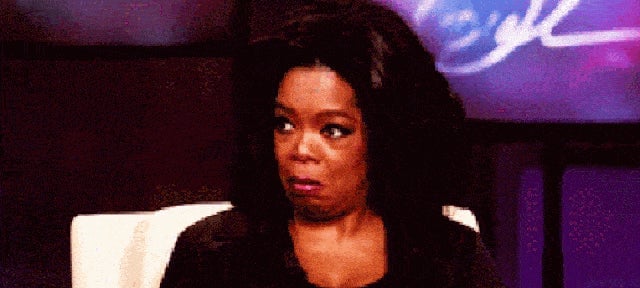
On the podcast, Oprah remembered the audience booing when a life coach told them to put themselves first on their list of priorities—a concept that was then controversial, and perceived as selfish, but now pretty much underlies the entire premise of a site such as Goop. Still, said Oprah, she didn’t flinch.
“I never worried about the audience,” she said, “because the audience from the beginning was following me, and my instincts about what my truth was and what we as a show wanted to present as the truth. I thought as long as I’m true to myself, there will be someone who will relate to that.”
(Bonus content: if you’re really feeling this Oprah-Gwyneth connection, do not miss their 2018 conversation on Goop’s inaugural podcast.)
And relate they do. Part of what Oprah and Goop share is an ability to make their fans—particularly women—feel seen, understood, and cared for. And to be sure, they’ve each used their platforms to promote their fair share of quackery.
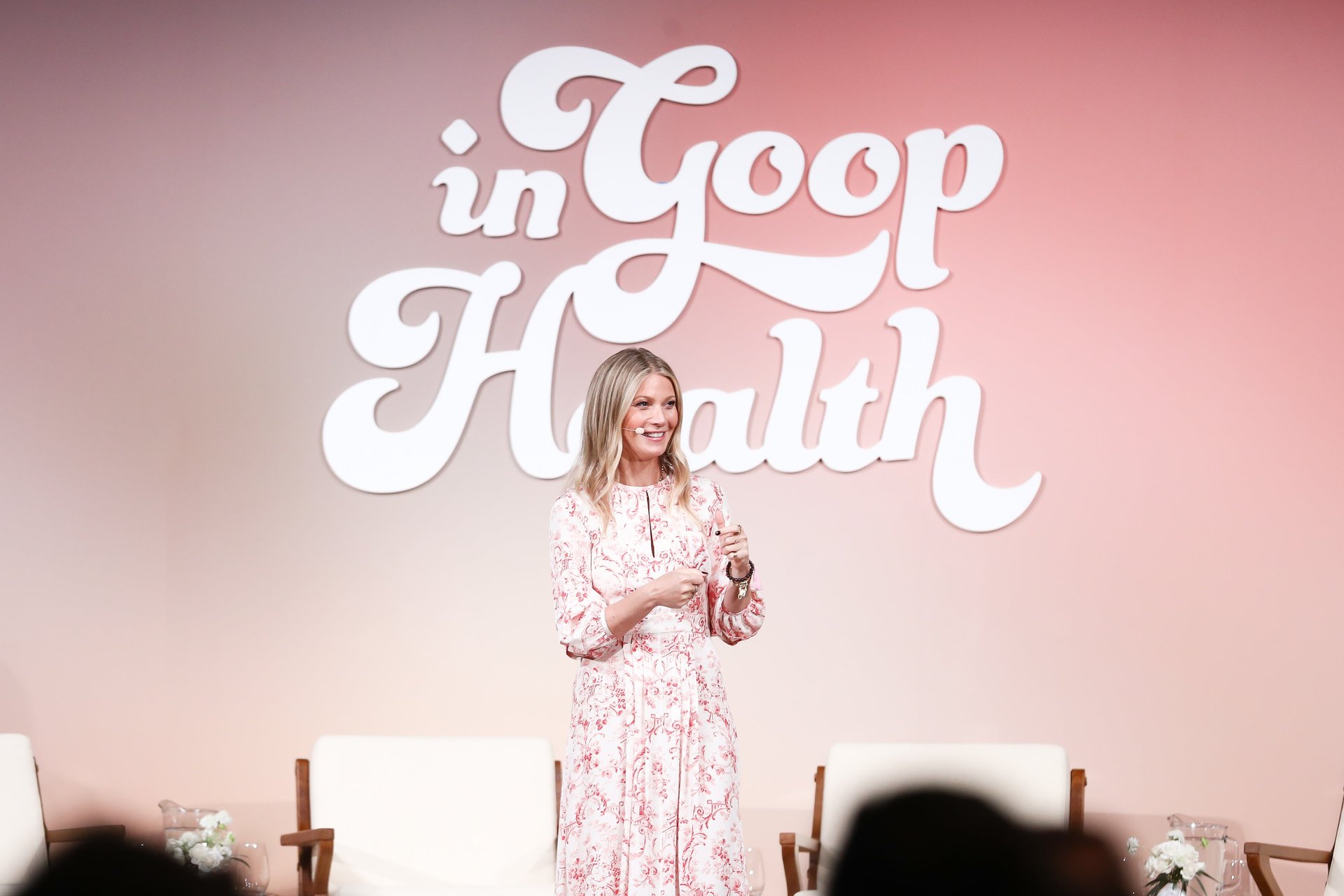
But as Annaliese Griffin wrote for Quartz in 2017, the success of the wellness industrial complex which Goop sits at the zenith of is underpinned by mainstream medicine’s failure to properly acknowledge, research, and treat female bodies. (I saw this firsthand when I met women who traveled cross-country to a Goop summit because it had been a rare source for information about their autoimmune disorders.)
“There are plenty of yoga teachers, massage therapists, and the like who are well-educated in their fields, talented, and dedicated to the people they work with,” Annaliese wrote. “The problem is that the rest of the wellness industry hitches a ride on their coattails of compassion and competency, benefiting from the utter lack of warmth found in mainstream medical treatment. And once you buy into the idea that science and medicine are not to be trusted, it’s easy to become susceptible to misinformation.”
Maybe about celery juice, for instance. Yes, that’s right, celery juice. Quartz’s Rosie Spinks spoke recently to Anthony William, the man responsible for the meteoric rise of celery from crudité bit player to aspirational tonic, as Rosie’s eye-popping analysis of Google trends, Square payment data, and social media posts revealed. (Indeed, he has been featured on Goop.)
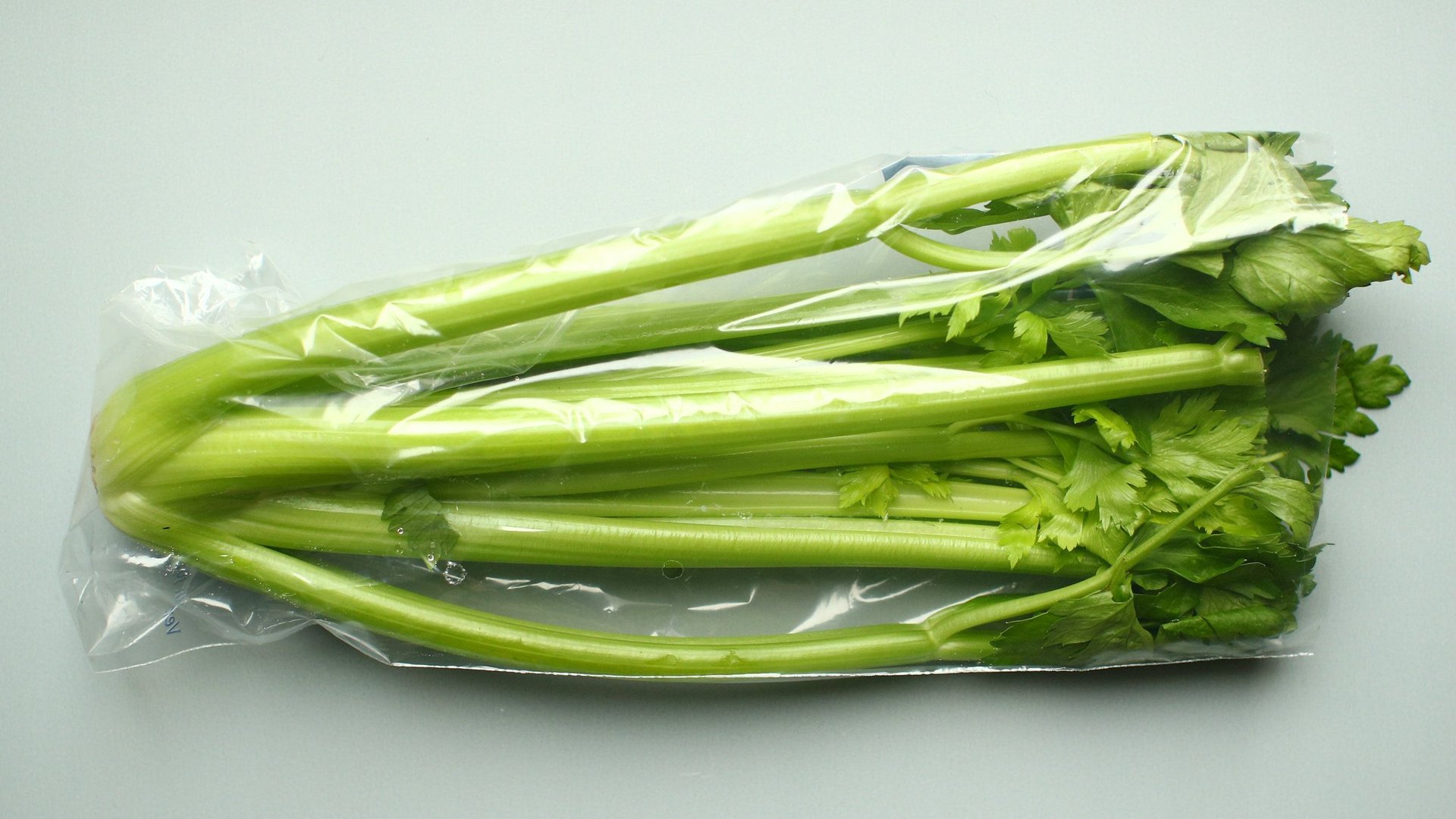
William, a New York Times bestselling author who calls himself the “medical medium” but is not a doctor, nutritionist, dietician, or even researcher, claims that 16 oz. of celery juice on an empty stomach can ease the symptoms of chronic illnesses and autoimmune diseases including eczema, rheumatoid arthritis, fibromyalgia, Lyme disease, migraines, vertigo, celiac disease, irritable bowel syndrome, diabetes, and many more.
William told Rosie that a voice, which has been sharing health insights with him since childhood, told him about celery’s healing powers. “I hear a voice that gives me the information,” he said. “It’s not like I woke up one morning and said ‘I’ve got too much celery in my fridge. Let me just use that by myself. Hey, I feel better today—now, let me go tell the world.’ That’s not it at all. The information was given to me.”
Let’s just all take our celery juice with a grain of salt.
Have a great weekend!
[quartzy-signature]
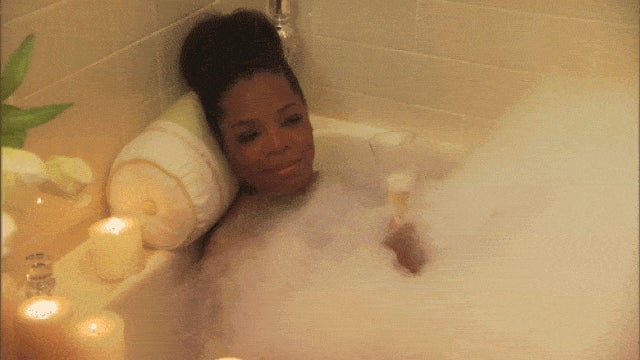
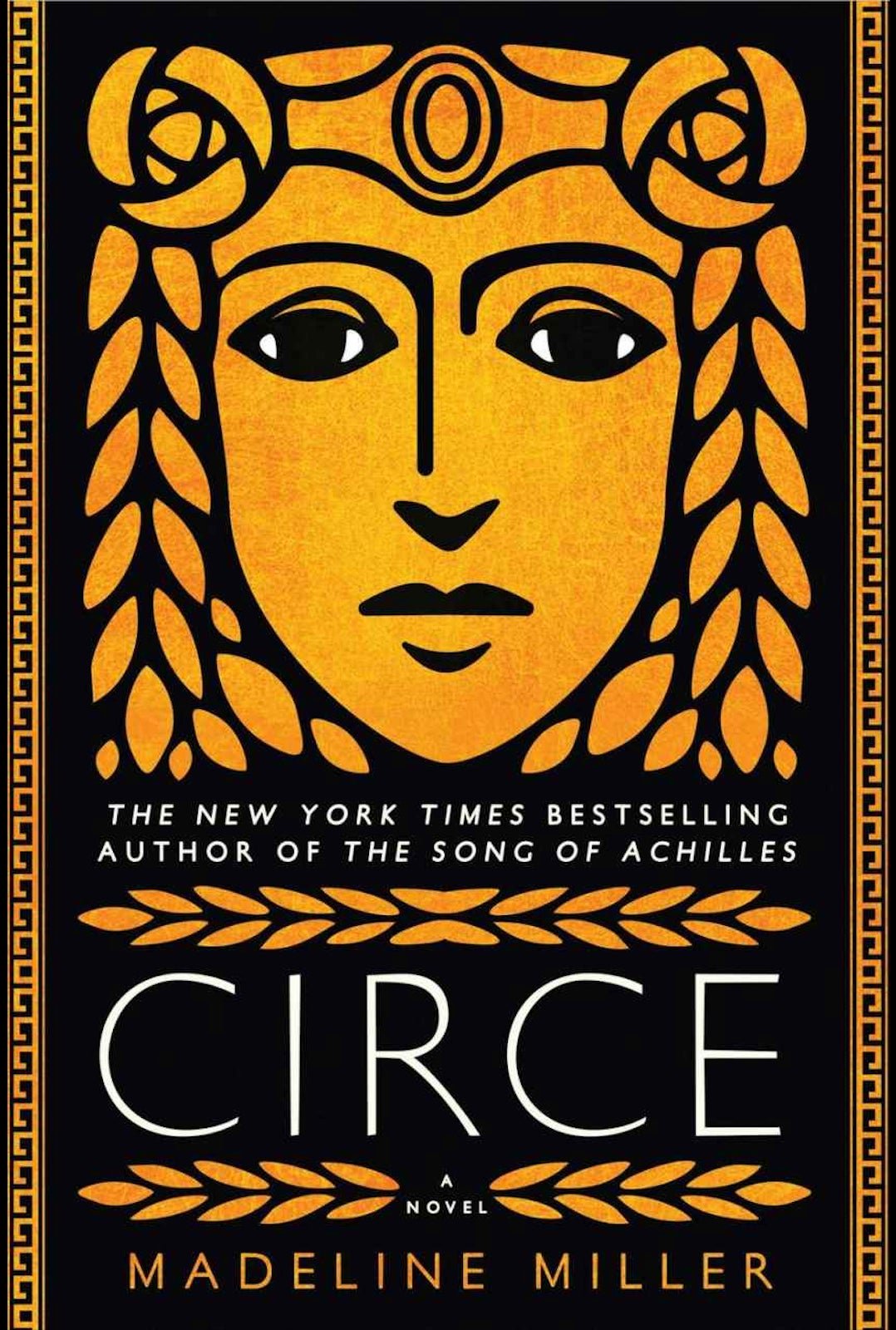
Okay, so I kind of joined the Goop Book Club. I first took note of Circe, Madeline Miller’s buzzy reimagining of the mythical witch of The Odyssey, when Quartz’s Sangeeta Singh-Kurtz mentioned it was one of her favorite books of 2018. But I didn’t buy it until—and it pains me to admit this—I saw GP Instagram it from her honeymoon. Well, I’m in the book club now, and I’m loving it. (GP reading about a witch who does spells with herbs: so on-brand!) If you haven’t read Circe yet, I’d advise you to stick with it until she gets to the island. If you have, check out Sangeeta’s full list of “gracefully reworked myths, fairy tales, and folklore” that put complex female characters at center stage.